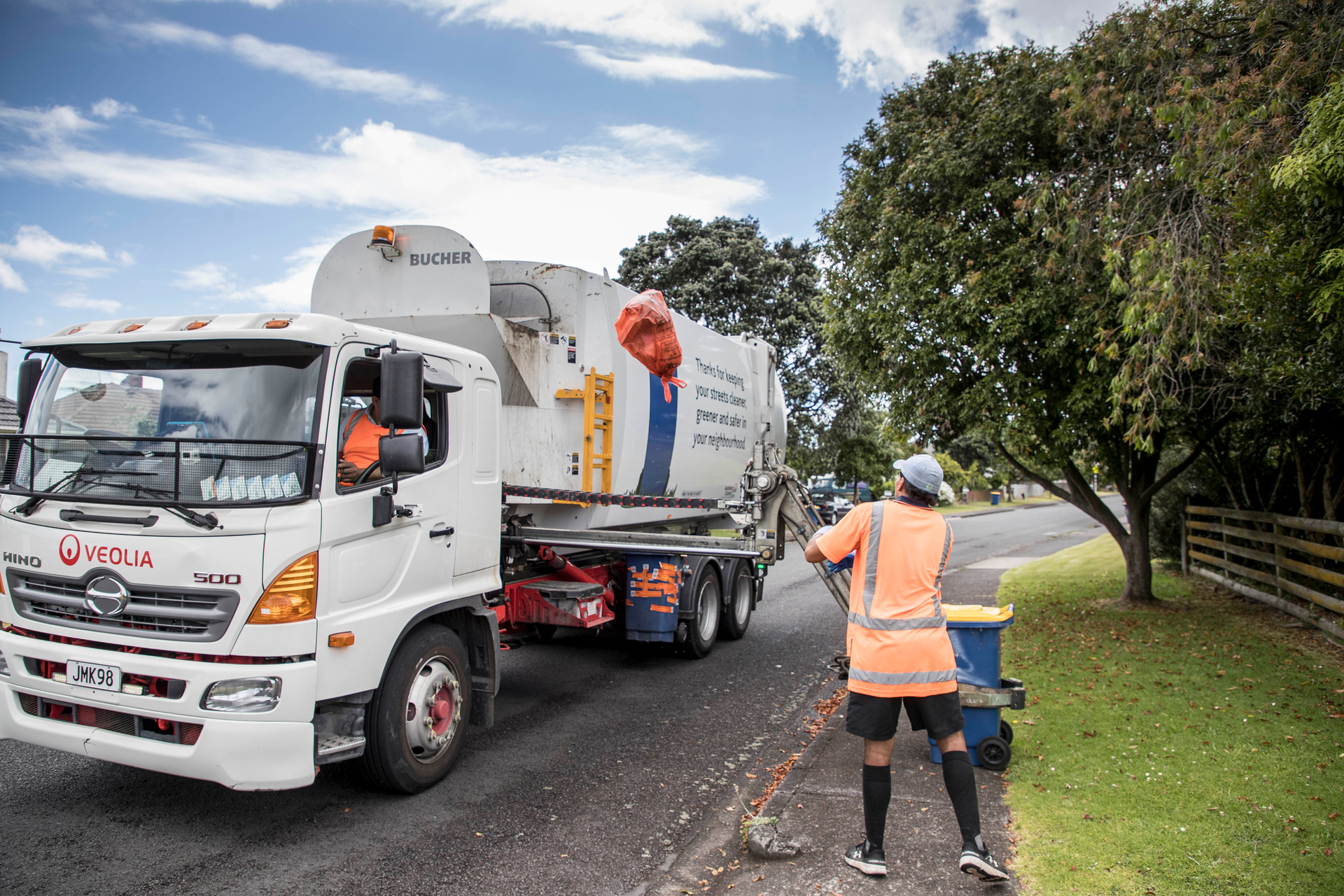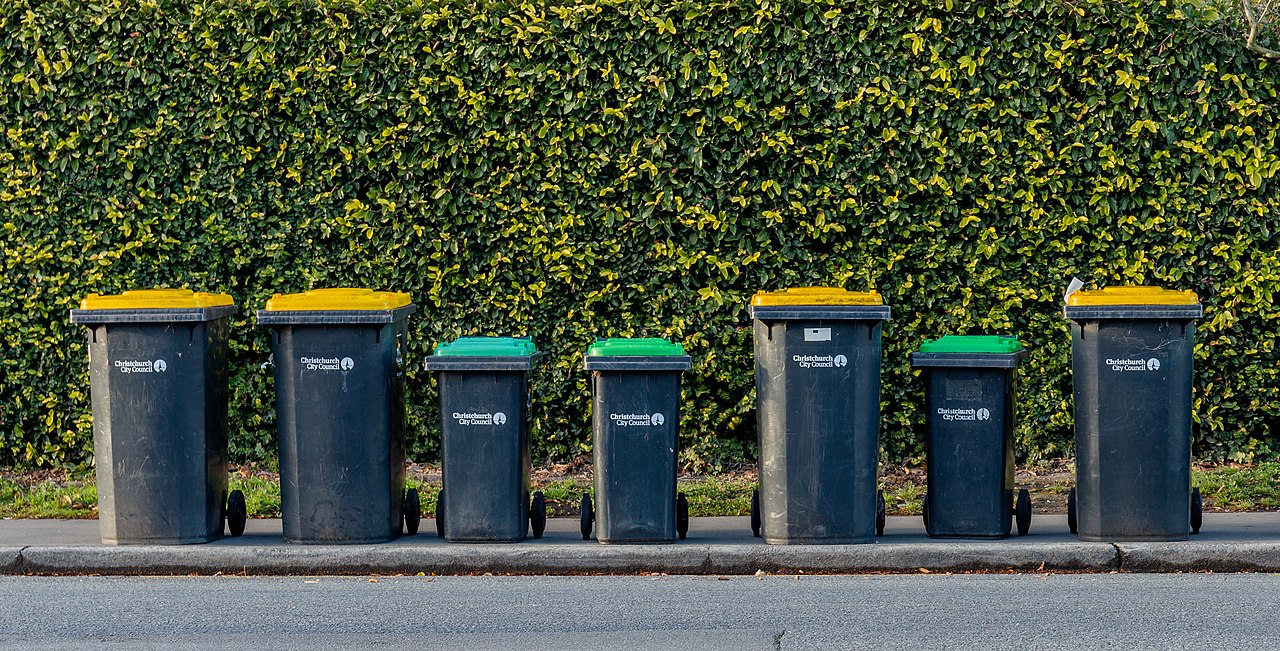An average family of four can save $120 a month simply by reducing the amount of food they throw away. That $1440 a year could pay for extra luxuries such as a foreign holiday, a brand name handbag or even a cleaner for a few hours a week.
If you’re sceptical about how much you are wasting, track what you throw away for one week. You’ll be surprised, trust us – and you’ll see that the value soon adds up.
So if you want to stop wasting money on food you don’t eat, here are ten ways to make it stick.

1. Rearrange your fridge
Are your fridge drawers where all the healthy foods you buy go to fester, uneaten? If you move the fruit and veg out of their crisper-drawer purgatory and place them front and centre on the shelves, they are easy to spot – and means that they’ll get eaten.
Try putting all the condiments and sauces in the drawers instead as, let’s face it, you’re more likely to go to go looking for the ketchup than you would the spinach and cucumber.
In the door, put any drinks with preservatives (think fizzy pop and Prosecco rather than milk) as they’ll withstand the fluctuating temperatures.
2. Look at what you don’t need
Most of us visit the supermarket on a pretty regular schedule. But while we all tend to make a list before we head out, few of us really interrogate whether we really need more food. So instead of coming to a standstill in a grocery aisle and mindlessly tossing another kiwi dip that you don’t need into your trolley, take an inventory.
Every week or so, go through your freezer and cupboards and if it looks like you’re stockpiling food for an apocalypse, make a “Don’t Buy List” and snap a photo before we head out to the shops.
You could try putting a weekly food shop receipt on your fridge? As you throw food away, take a pen and cross it off the receipt. By the end of the week, what you crossed off is the food you have wasted – and what’s left is a list of the only food you need to buy.
If you really want a shock, tally up how much money you’ve literally thrown in the bin! A bit extreme we know, but it’ll work!
3. The float test
To check if eggs are fresh (and thus don’t need replacing), fill a bowl with cold water and try the ‘float test’:
- If the egg sinks to the bottom on its side, it means it’s very fresh.
- If your egg sinks to the bottom in an upright position, it means it’s not quite as fresh.
- If your egg floats, it means it has started producing rotting gases that lift the egg to the water’s surface, so it has most likely gone bad.
You might find you’ve been throwing out eggs without needing to.
4. Bring biscuits back to life
If you’re an enthusiastic kiwi baker – but not necessarily a brilliant one – don’t bin biscuits that are burnt on the bottom or edges.
Carefully grate off any blackened bits and they’ll be perfectly edible. If they’re a little misshapen, dip the biscuits in melted chocolate and leave to cool – icing also covers a multitude of sins.
5. Glass jars = fruit gamechanger
Fed up with finding fuzzy strawberries in your fridge after just a few days of buying them?
Store unwashed strawberries in a glass jar in the fridge and your fruit should stay fresh for well over a week. The trick also works for blueberries, raspberries and blackberries too.
The important thing is not to put any bruised berries in the jar. Save those for the freezer, and keep the good berries for the fridge.
6. Wrap up the bananas
Are you fed up with chucking out over-ripened bananas? Simply wrap the tops in foil.
This prevents the escape of ethylene from the stems – meaning that it slows down the ripening process, and your bananas last much longer. It also prevents evaporation of moisture and absorption of ethylene released by fruits nearby – meaning your fruit bowl will go further.
Just remember to replace the foil after each time you remove a banana from the bunch.

7. Storage solutions to save cash
Learn to store food correctly and not only does it reduce the risk of food poisoning – and no one wants any of that – it can also save you a bundle, because it lasts longer.
If you want to make your cheese stay fresh, for instance, wrap it in a napkin soaked in salty water to prevent it from going mouldy.
Looking at renovation for your kiwi home? Check out our home renovation loans.
8. Know your dates
Before you throw “out-of-date” food in the rubbish, carefully check the dates on the packaging.
The Food Standards Agency Guidelines
|
Use By’ date |
Best Before’ date |
|
|
9. Frozen is the way forward
Want to ensure that you have a wide variety of fruit and vegetables at your disposal – but can’t eat it fast enough? Swap your fresh produce for the frozen variety and reduce waste while paying less –as much as 50%.
What’s more, it turns out that frozen fruit and veg are actually better for you too. Much of our fruit and veg has to travel for several days to reach us and certain nutrients begin to degrade the minute the produce is picked. Frozen veggies are “flash frozen” at the height of ripeness and nutrient content and often contain more nutrients than their fresh counterparts.
10. Be flexible with time limits
Despite what your nan may have told you, there is no time limit on how long food can be safely frozen for, so long as it’s kept at -18°C and remains properly frozen. However, the taste and texture of food changes if it’s stored for too long, so you might well find that it’s not very nice to eat.
Try to eat things within three months of freezing them, or sooner. You can freeze pretty much everything. There are a couple of exceptions such as soft cheese, eggs in their shell and cucumber – however, this is not because of safety concerns, but rather that the texture of the product will change.
Keep an up-to-date inventory by using a whiteboard by your chest freezer so that you always know what’s left in your freezer stockpile.





